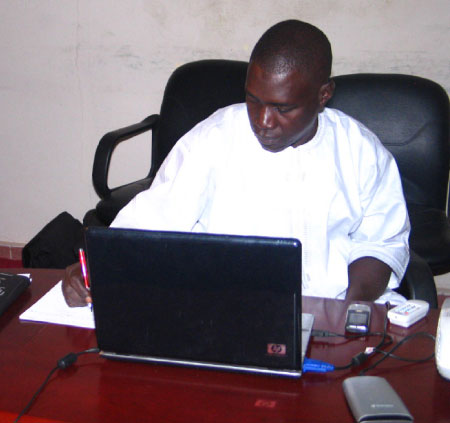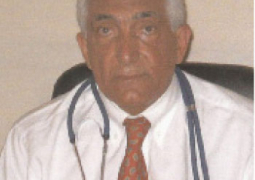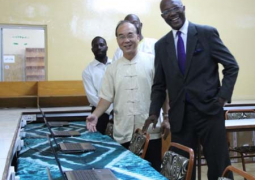
The WASH Component of the Banafaa project has attracted additional funding from USAID to the tune of US $ 759,126.
This was revealed by Dr Bamba Banja, the WASH coordinator, while presenting a paper on the said component at a forum recently.
According to him, the principal objectives of the
He said the first activity to be conducted would be the Needs Assessment in 16 communities (7 CFCs & 9 oyster processing and sale sites) within the Atlantica Coast Stratum.
The Trust Agency for Rural Development (TARUD) has been contracted to do the Needs Assessment and identify WASH needs for each community.
“The needs assessment will focus on the availability and quality of water, sanitary practices at the landing sites, fish waste disposal practices, public health and sanitation awareness, availability of toilets and hand-washing facilities, disposal methods of fish waste, medium to long-term risks of coastal erosion and increased vulnerability from climate change,” he said.
Dr Banja further revealed that specific tools have been designed, which will be used during the needs assessment, such as focal group discussions, trend line, to determine the trend of environmental changes, either positive or negative, including the mitigation measures, Venn diagrams to determine the types of fish sites and existing institutions and their relationship with each other.
Some of the major WASH activities in each selected site would include Public Health and Sanitation Transformation (PHAST), which is aimed at training CFC management committees, user groups and local government authorities.
The measures include the creation of management planning bodies, inclusive and participatory processes that ensure local ownership, implement planned activities mainly at community level, capacity development on local ownership and maintenance of facilities.
Dr Banja added that it is anticipated that by the end of the project 44,000 persons in seven target communities will have access to public or shared improved sanitation facilities in communal or institutional settings and 7,300 persons will benefit from hygiene promotion activities and seven community water and sanitation committees established and trained.




